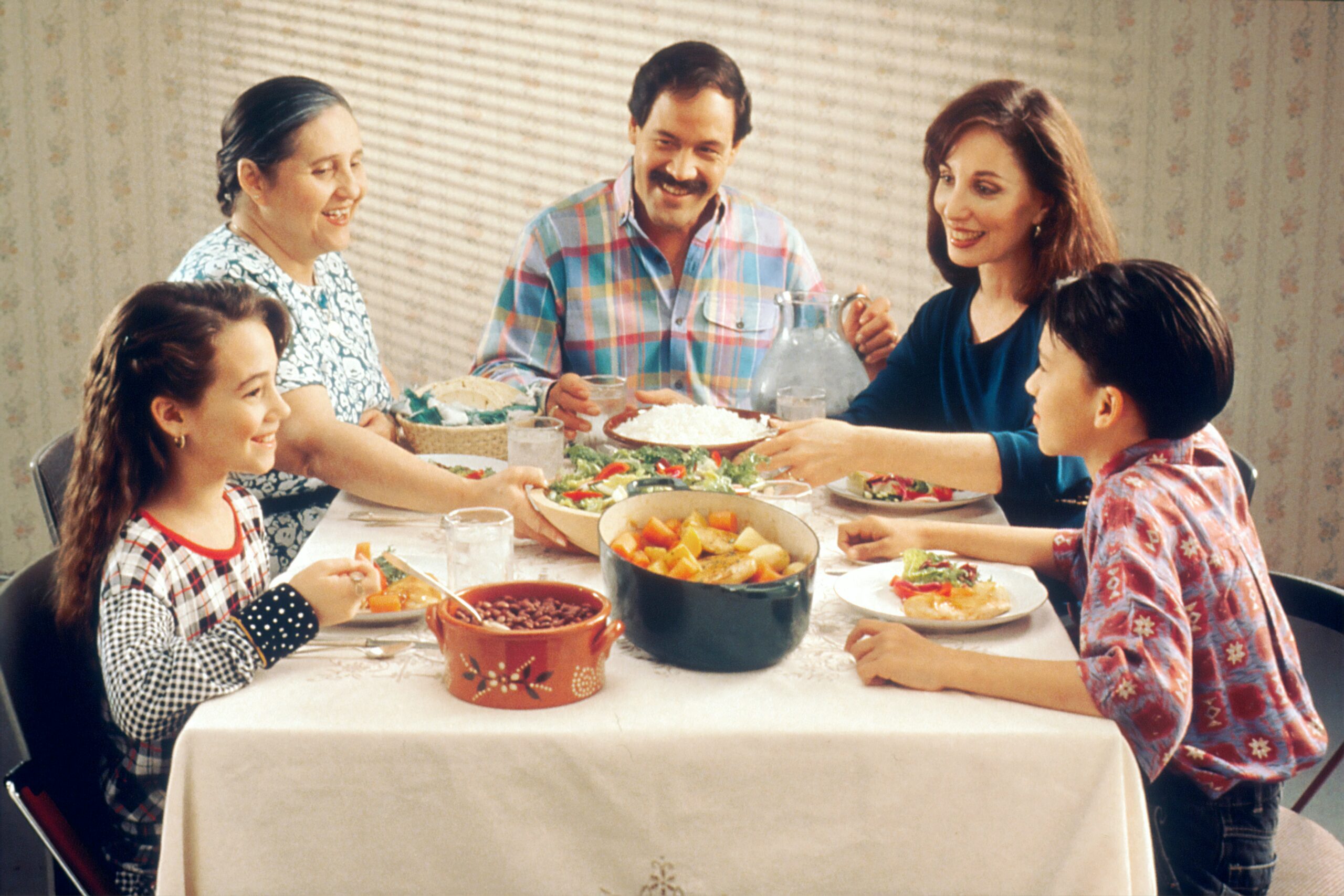

Introduction to Comfort Foods
There’s something undeniably comforting about a bowl of homemade soup or a slice of freshly baked pie. These dishes have the power to transport us back in time, evoking memories of family gatherings and cherished moments around the dinner table. Comfort foods are more than just meals; they’re a reflection of our heritage, steeped in history and personal stories.
Each culture has its own unique flavors and traditions that shape what we consider comfort food. From rich stews simmering on the stove to warm pastries fresh from the oven, these culinary treasures connect us to our roots. They remind us where we came from while nourishing both body and soul.
As we dive into this exploration of comfort foods, we’ll uncover their historical significance, cultural influences, and even some science behind why they hold such emotional value for us. Let’s embark on this delicious journey together—one bite at a time!
History and Evolution of Comfort Foods
Comfort foods have deep roots, tracing back to our ancestors. These dishes often emerged from necessity, born of scarcity and creativity in the kitchen. As families gathered around simple meals, they forged connections that transcended generations.
Over time, comfort foods evolved with cultural influences. Immigrants brought their culinary traditions to new lands, blending flavors and techniques. This fusion created unique recipes that became staples in households worldwide.
The Industrial Revolution also played a role in shaping these beloved dishes. Canned goods and processed ingredients made cooking more accessible but shifted the definition of what constituted comfort food.
Today’s comfort foods reflect nostalgia while embracing modern twists. Chefs experiment with plant-based alternatives or global spices. Each bite tells a story of heritage, adaptation, and love—a delicious reminder of where we come from.
The Role of Culture and Heritage in Comfort Food
Comfort food often reflects our roots and tells a story. Each dish carries with it memories of family gatherings, celebrations, or quiet nights at home.
Cultural influences shape the ingredients we choose and the methods we employ in cooking. A bowl of pho can transport you to Vietnam, while a plate of enchiladas brings forth memories from Mexico. These meals are more than just sustenance; they embody traditions passed down through generations.
Heritage plays a profound role in these culinary practices. Recipes evolve but retain their essence, preserving flavors that remind us of where we come from. They connect us to our ancestors and help forge bonds within families.
Sharing comfort food is an act of love—a way to nurture relationships and create new memories while honoring the past. With every bite, we’re reminded that food has the power to unite people across cultures and time periods.
The Science Behind Why We Crave Comfort Foods
When we indulge in comfort foods, there’s more happening than just taste. Our brains respond to these familiar flavors with a rush of feel-good chemicals. Foods high in sugar and fat stimulate dopamine release, the same chemical linked to pleasure and reward.
But it goes deeper. Comfort foods often evoke memories from our past—family gatherings, holidays, or cozy evenings at home. This nostalgia can trigger emotional responses that bring warmth even on challenging days.
Additionally, cultures around the world share certain ingredients that resonate emotionally. From creamy mac and cheese to spicy curries, these dishes connect us to our roots.
The textures also play a role; warm soups or crispy pastries deliver sensations that soothe us physically as well as mentally. It’s fascinating how something so simple can weave together memory and emotion into every bite we take.
How to Make Your Own Heritage-inspired Comfort Food
Creating your own heritage-inspired comfort food can be a delightful journey. Start by reflecting on family recipes that have been passed down through generations. It might be grandma’s chicken soup or an aunt’s famous pie.
Gather the ingredients with care. Seek out local markets for fresh produce, spices, and grains that evoke your cultural background. This connection to the earth enriches every dish you prepare.
Next, don’t shy away from experimentation. Mix traditional techniques with modern twists. Perhaps add a unique spice blend or incorporate seasonal vegetables to enhance flavors while honoring tradition.
Embrace the process of cooking as much as the final meal itself. Share stories related to each ingredient or recipe step with loved ones who gather around your table.
Serve it up warm and inviting, allowing everyone to savor not just food but memories woven into every bite.
Conclusion: Celebrating the Nostalgia and Connection of Taste of Home
Comfort foods are more than just meals; they are a bridge to our past. Each bite carries memories, emotions, and stories that shape who we are. From grandma’s secret recipe to a dish shared at family gatherings, these foods hold an irreplaceable place in our hearts.
As we explore and celebrate the comfort foods of our heritage, we embrace the rich tapestry of cultures that contribute to our identities. These dishes remind us of home and connect us with generations before us. They offer warmth on chilly nights or solace during tough days.
Embracing your own version of comfort food allows you to honor your roots while adding personal twists that reflect your journey. Whether it’s through traditional recipes or modern adaptations, each plate tells a story waiting to be savored.
The next time you indulge in your favorite comfort food, take a moment to appreciate its significance. Let it transport you back in time and forge connections with those who came before you. Taste is not just about flavors; it’s about belonging and remembering what makes us feel truly at home.
